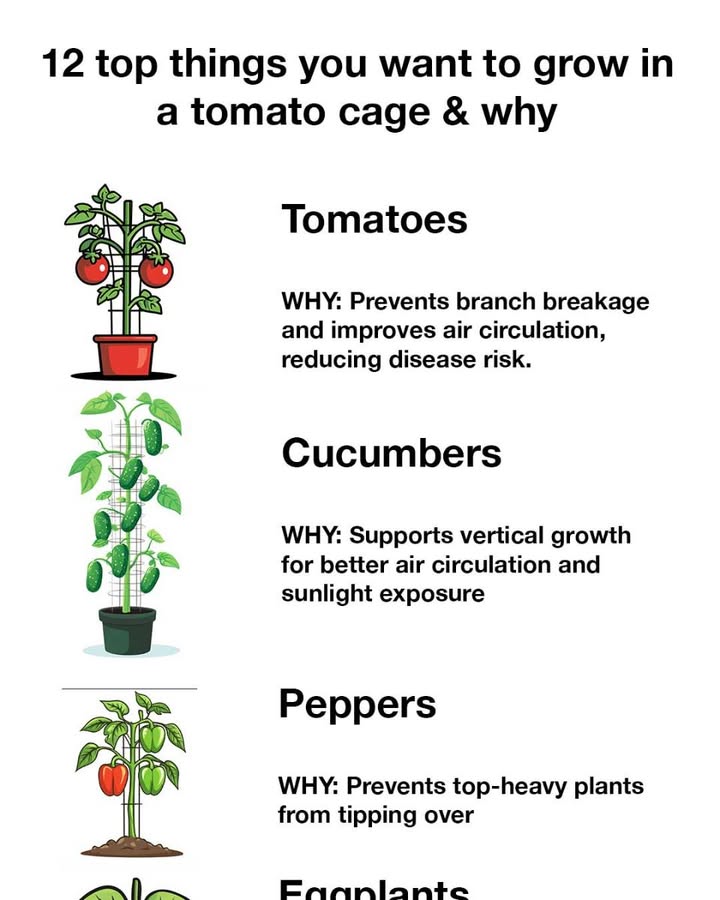Beans also thrive with vertical support. Cages:
-
Provide strong climbing structure
-
Prevent beans from lying on wet soil
-
Increase air flow
-
Make maintenance and harvesting easier
7. Squash: Controlling Sprawl
Cages help squash plants:
-
Grow upright instead of sprawling
-
Improve space use
-
Keep leaves and fruit off the ground
-
Reduce rot and pest exposure
8. Zucchini: Encouraging Upright Growth
Zucchini plants can get large, and cages help to:
-
Manage their growth
-
Prevent overcrowding
-
Improve air circulation
-
Keep fruit visible and easy to harvest
9. Melons: Supporting Heavy Vines
Tomato cages provide structural support for melons by:
-
Preventing vine breakage under fruit weight
-
Keeping melons off the ground
-
Enhancing sun exposure
-
Reducing fungal risks and improving fruit quality
10. Nasturtiums: Adding Beauty and Pest Control
These edible, ornamental flowers benefit from cages by:
-
Growing upward to save space
-
Providing vertical interest in the garden
-
Acting as a natural pest deterrent
-
Enhancing garden aesthetics
11. Morning Glories: Decorative and Functional
Morning glories are climbing ornamentals. Tomato cages:
-
Offer strong vertical support
-
Showcase colorful blooms
-
Help create privacy screens or decorative columns
-
Maximize vertical beauty in small gardens
12. Clematis: Enhancing Vertical Gardens
Clematis thrives with vertical support. Cages allow it to:
-
Display large, showy flowers beautifully
-
Grow in compact spaces
-
Benefit from increased light and air flow
-
Stay healthier and more manageable
Conclusion: The Advantages of Using Tomato Cages
Tomato cages aren’t just for tomatoes. They’re a smart solution for:
-
Supporting heavy fruit
-
Encouraging upright growth
-
Preventing disease through better air circulation
-
Saving valuable garden space
-
Making harvests easier and cleaner
From vegetables to vines to flowering plants, tomato cages are a valuable tool for any gardener looking to create a more productive, organized, and visually appealing garden.
